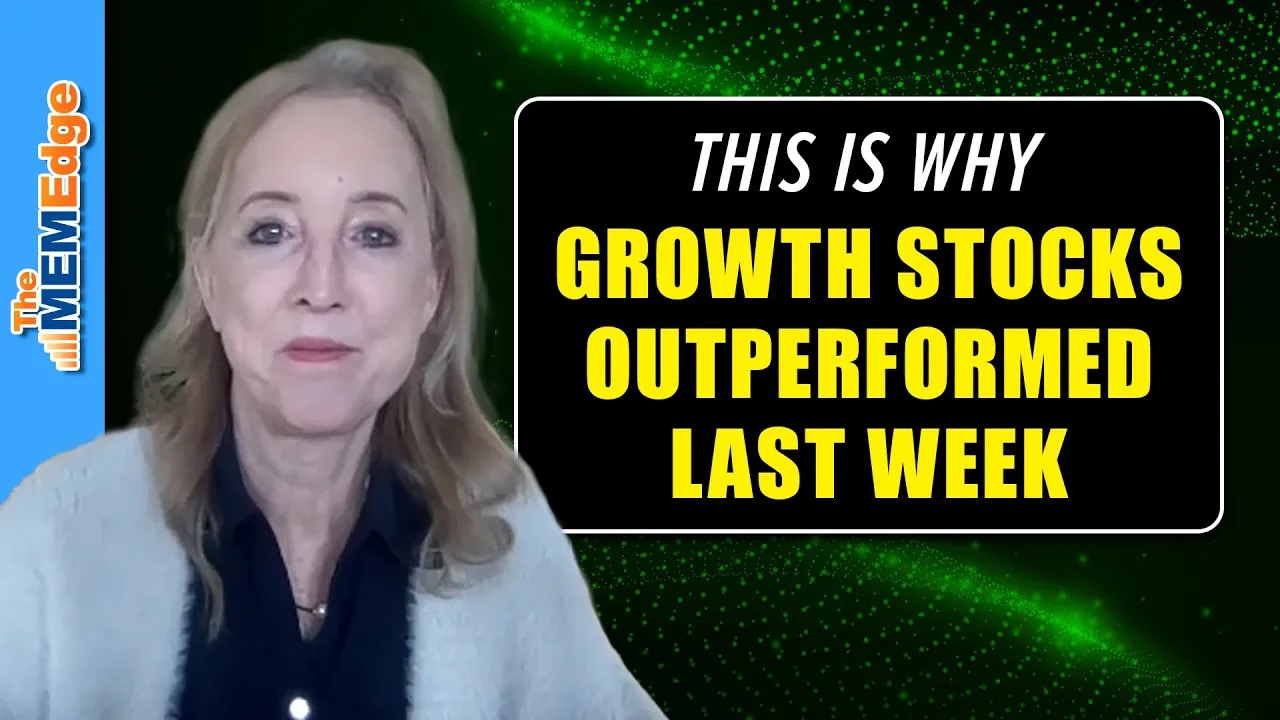The iPhone 16 breaks pricing trends in surprising ways.

Apple has launched four new iPhone 16 models in September 2024. While the announcement, hype, and launch were as expected by consumers and players in the mobile industry, what happened next in the secondary market was surprising.
| model | volume | MSRP |
| iphone 16 | 128/256/512GB | $799 / $899 / $1099 |
| iphone 16 plus | 128/256/512GB | $899 / $999 / $1199 |
| iphone 16 pro | 128/256/512GB/1TB | $999 / $1099 / $1299 / $1499 |
| iPhone 16 Pro Max | 256/512GB/1TB | $1199 / $1399 / $1599 |
iPhone 16: Secondary Market Performance
Just a month after its release, buyer’s remorse began to set in for the iPhone 16, and returned devices began flowing in through B-Stock’s B2B online auction resale channel. While the timing of this initial revenue wave has roughly matched previous years, the prices have certainly not. B2B volume transactions typically don’t come close to retail prices, but for iPhone 16 series devices, secondary market prices are exceeding retail prices. In the first auction for bulk quantities of the iPhone 16 Pro, the price per unit was higher than the retail price.
Although this phenomenon is not unprecedented—We observed something similar happening with the iPhone 12 shortly after launch.—It’s certainly unusual and worth exploring.
One month after release, the price of a functional and cosmetically sound latest generation iPhone typically ranges from 82 to 89 percent of its original retail price. This time, the iPhone 16 variant sold for 101.5% of its retail price. Specifically, the average price per unit was $1,016 (compared to a retail price of $999). How can this happen?
Why are B2B secondary market prices higher than retail prices?
There are a few other possibilities:
Prices will be higher in areas with higher MSRP.
Otherwise, your new iPhone 16 may not be available in certain configurations and in certain locations. For example, many of these devices are destined for locations outside the United States. The phones will be sold in regions where Apple has higher MSRPs, such as Asia, South America and the Middle East, and where OEM supply cannot keep up with demand.
Resellers take on initial losses to secure trade-ins and upsells.
Some of these devices remain in the country as well. In addition to physical electronics/mobile phone resale stores, these devices will be sold on e-commerce platforms such as eBay. In many cases, marketplaces use this inventory to run promotions or provide incentives to sellers so their sites can become a destination for buyers looking for the latest technology, so sellers are willing to pay higher prices. In this context, small mom-and-pop retailers or carriers are often willing to take a loss on hardware in exchange for selling ancillary services such as plans or insurance.
Regional Tax Differences
Due to the higher prices of these new models, sales tax arbitrage also comes into play. This can make money for sellers looking to buy and sell in markets where there are significant price and tax differences.
What else can we expect to see in the iPhone secondary market?
Significantly lower mobile trade-in rates and longer upgrade cycles have increased demand and prices for used iPhones on the secondary market. Here’s a quick snapshot of other trends we’re seeing.
- About 50 million iPhone 12 devices are entering the upgrade periodApple is showing off improvements to the iPhone 16s by benchmarking its CPU, GPU, and camera performance against the iPhone 12 series. The OEM also revealed that iPhone 12 series users can trade it in to secure a credit of $800 to $1,000 for an iPhone 16 variant.
- Used iPhone 12 prices are going strong. The generations to come after the 12 were very similar to the iPhone 12 in both features and form factor, giving consumers little compelling reason to upgrade.
- The iPhone 13 and iPhone 13 Pro Max are currently the top two used iPhone models for sale on B-Stock’s B2B platform.
- Overall, used prices for top iPhone models peaked at the end of the second quarter and remained consistent through the subsequent third quarter. Overall, prices have remained high due to supply shortages with consumers holding on to their devices for long periods of time.
- The wholesale price of the iPhone 15 Pro Max can be up to 74% of the original retail price with little to no depreciation.
- Despite the arrival of the new Apple Intelligence feature, market expectations for iPhone 16 sales have been tempered. For now, iPhone models 12 through 16 are mostly unchanged, so we don’t expect a major upgrade cycle.
Want to learn more about B-Stock’s B2B resale solutions for trade-in phones, wearables and tablets?
visit our website
Ready to speak to a mobile recommerce expert?
Please send us an email (email protected)



